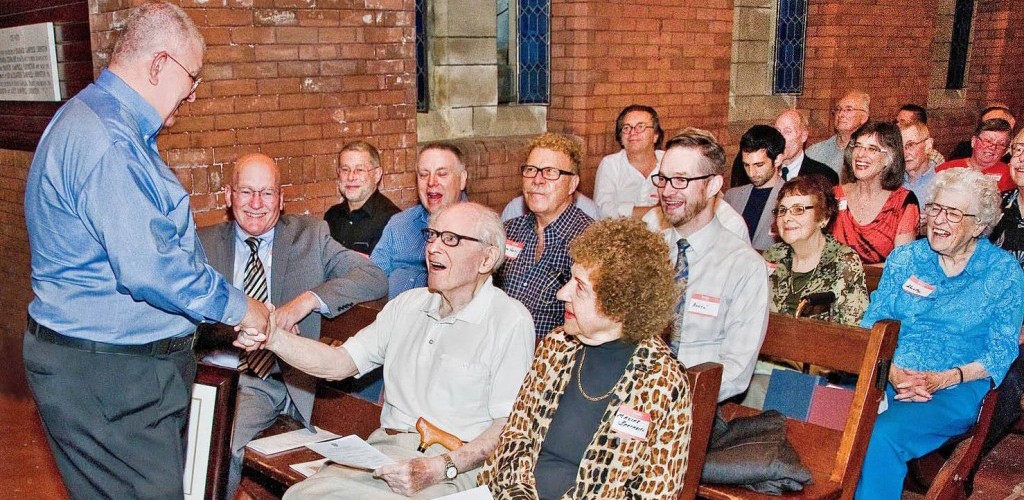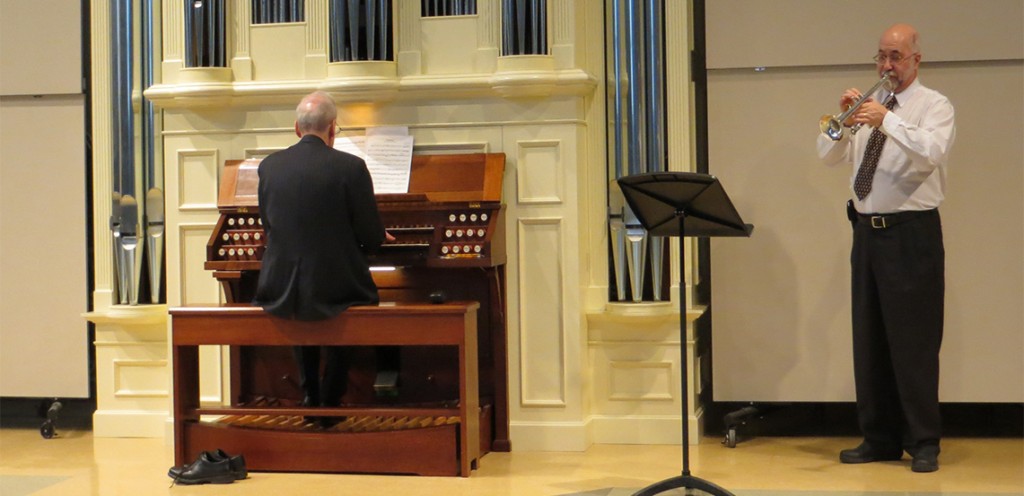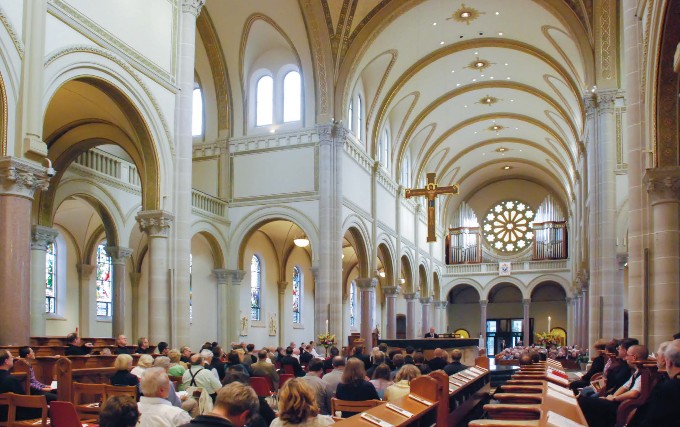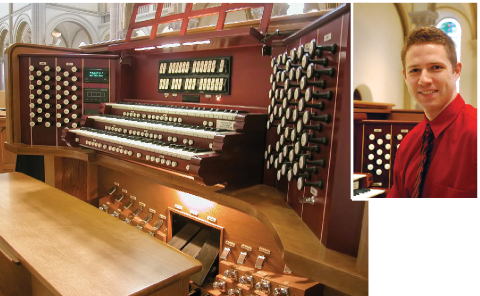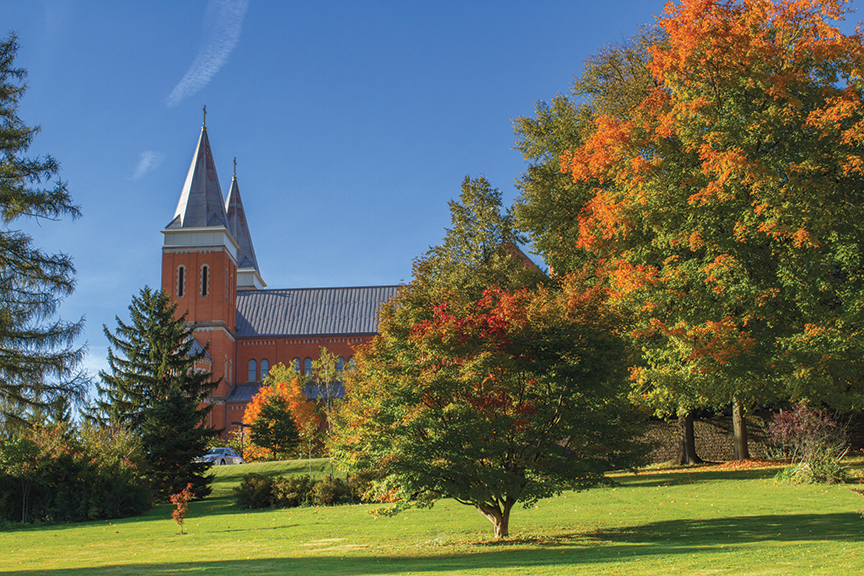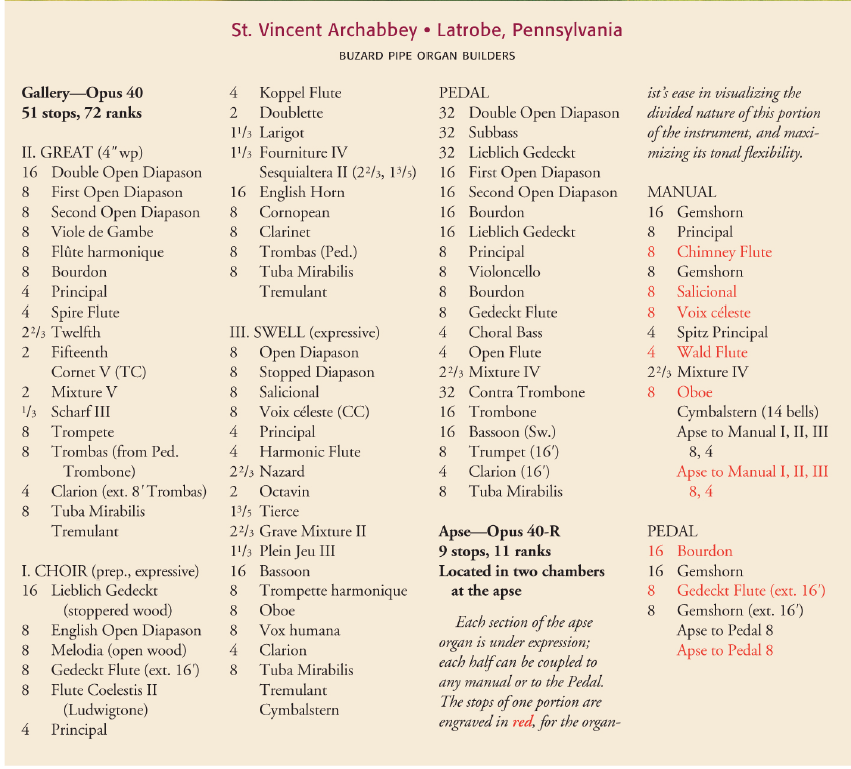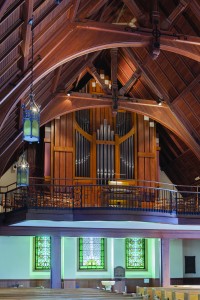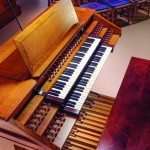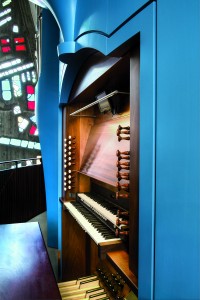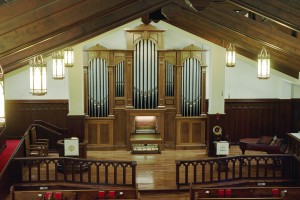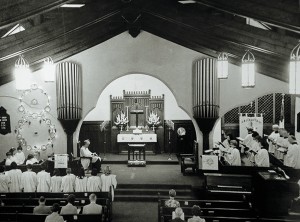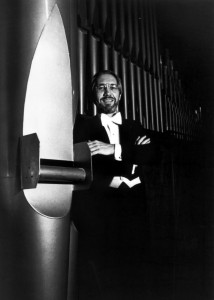Wilbur Held, a resident of Claremont, California, passed into life everlasting on March 24, 2015, at age 100. The AGO remembers with gratitude his service as a National Councillor (1968–1971) and dean of the Columbus (Ohio) Chapter. A celebration of his lifetime of music composition resulted in a Centenary Edition of his organ works, published by MorningStar Music in 2014.
Wilbur Held was born on August 20, 1914, in Des Plaines, Illinois. He enrolled at the American Conservatory of Music in Chicago, studying organ with Frank van Dusen and theory/composition with John Palmer, and earned undergraduate and graduate degrees there. Midway through his studies, he became Leo Sowerby’s assistant at St. James Church—an association that lasted seven years.
In 1946, Held joined the faculty at Ohio State University, where he became Professor of Organ and Church Music and head of the keyboard department. He remained in this position for more than 30 years, and was organist-choirmaster at Trinity Episcopal Church in Columbus.
During his tenure at OSU, Held earned a Doctor of Sacred Music degree from Union Theological Seminary in New York and studied the organ with Marcel Dupré, André Marchal, Vernon de Tar, and composition with Normand Lockwood and Wallingford Riegger. His compositions are published by MorningStar, Augsburg, Concordia, Hinshaw, Beckenhorst, Sacred Music Press, and Hope. The Nativity Suite, published in 1959, has sold more than 25,000 copies.
In 1978, Wilbur Held retired to Claremont, where he has continued to be active as clinician, recitalist and composer.
